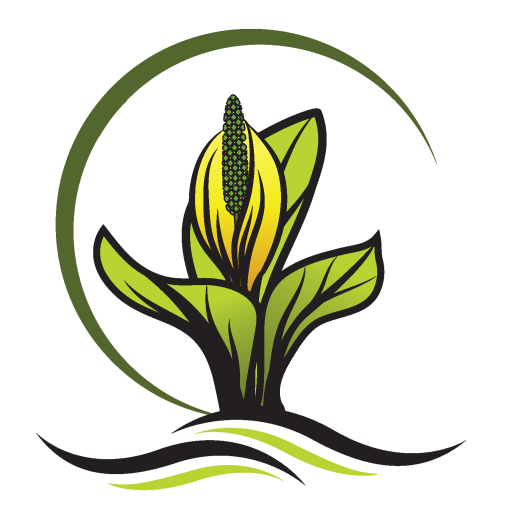Seed Sharing in the Comox Valley
Seed Sharing in the Comox Valley
gilakas’la čɛčɛ haθɛč. We respectfully acknowledge that land on which we garden is the Unceded Traditional Territory of the K’ómoks First Nation, the traditional keepers of this land.
In the Town of Comox a woman who found a second career in horticulture is spreading the love of gardening to anyone who wants to try their hand and sowing, growing, and saving seeds with her ‘Gone to Seed’ Little Library.
After working in the customer service industry, Tryna decided to go back to school and she studied to be a Horticultural Technician. Now she is thrilled to be able to spend her time outside gardening for work, for play, and to engage with and give back to her community through saving seeds.
Tryna has been gardening her plot in Comox for 21 years, and a few years ago during the COVID-19 pandemic, she was inspired by the many creative ways people were sharing things other than books through ‘Little Libraries’. After seeing an example of a Little Library seed exchange, she decided to try it out herself. With building help from her husband, a little research, and some early support from folks in the ‘Little Library’ seed exchange community in Vancouver, Tryna was able to kick off her project in early 2021. “It was an important connection,” Tryna explained, to be able to share seeds with neighbours and passersby during that time; not only were many people getting into gardening during the pandemic, but also needing the support of their community.

One of the Comox Valley’s seed libraries is the ‘Gone to Seed’ Little Library in the Town of Comox.
After a year or so, things really picked up for the ‘Gone to Seed’ Little Library and people who had “borrowed” seeds were able to bring back seeds that they had harvested themselves. Tryna has found that the library’s’ Facebook Page has made a huge difference to keep people engaged and to remember to bring harvested seed back so that it truly functions as a library and supplies don’t dwindle. She has also received community grant support to purchase native plant species that she could grown on, and then share the bountiful seed harvest. Over two years since the birth of the project, Tryna feels the seed library is doing really well.
“It’s satisfying to collect seeds, grow your own plants, and share,” she says. There are several benefits to harvesting and saving your own seed. Not only does it save money, but when you harvest seed from a successful plant, its offspring are also more likely to succeed in our local growing conditions. Thus collecting seeds over generations results in locally-adapted seeds. “It does make a difference,” Tryna says. When we grow locally produced seed, we get stronger plants acclimatized to our environment (e.g., for hot, dry summers). Meanwhile, seeds sold in stores are often collected from far-off places with growing conditions that may be nothing like our own here in the Comox Valley. Many big seed houses (even Canadian companies) grow plants for seed internationally, so seed-saving has the additional benefit of significantly reducing the carbon footprint of growing your own plants.

Leaving flowers to senesce and form seed heads has a double benefit: the gardener can harvest seeds to keep or share, and the birds can have a feast!

Tryna’s garden is also a ‘Certified Wildlife-friendly Habitat” through the Canadian Wildlife Federation.
For those who are nervous to try seed-saving for the first time, Tryna recommends starting with beans, peas, tomatoes, and lettuce for edible crops, and calendula and honeywort for ornamentals, though she encourages gardeners to try harvesting seed from any flower, really. Try harvesting seed from heirloom and/or open-pollinated varieties so that the resulting plant will be “true to seed”. Tryna herself didn’t learn about seed-saving during her horticultural tech coursework, but rather from Google searches, library books, and “just winging it”. Anyone can give it a try!
“Everyone is welcome to use the library,” Tryna says. She encourages people who borrow to give back to keep the library sustainable. If you buy seed but don’t need the whole pack, you can donate the extras. The goal, though, is for people to borrow seed, grow on, harvest the seed, and share the surplus: “It’s unbelievable how much seed you can get when you save your own”.

Seed heads in Tryna’s garden in November.
For Tryna, one of the unexpected joys of this project has been meeting the people who come to the little seed library and those who engage on social media as well. It has become a thriving group. “It’s about community,” Tryna said. “It’s a good feeling.”
The ‘Gone to Seed’ Little Library is now open for the year (2024)! You can learn more and join the community on Facebook. If you live further away, check if there is a Little Seed Library in your area.
Posted: 28 February 2024


